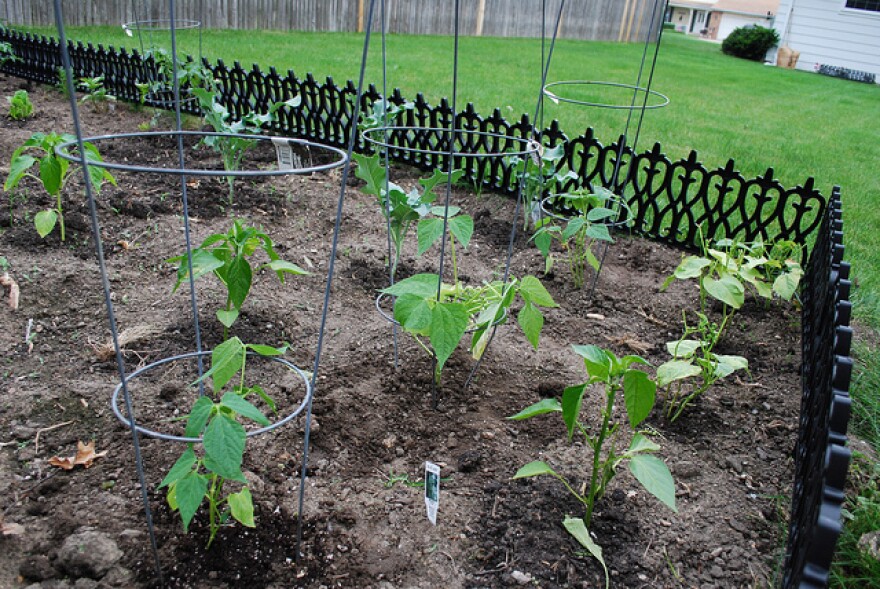It’s a short season, but one that many in New England enthusiastically embrace, whether on community plots, backyard gardens or on a commercial scale. And now, in addition to the usual challenges, there’s climate change with a longer growing season but also new floral and faunal pests, and the possibility of extreme weather.
GUESTS:
- Henry Homeyer – life-long organic gardener and author of a weekly gardening column that appears in twelve newspapers around New England
- Jane Presby – owner and field supervisor of Dimond Hill Farm in Concord
- Becky Sideman – extension professor and Sustainable Horticulture Specialist at UNH.
LINKS:
- USDA's plant hardiness zone map: the standard by which gardeners and growers can determine which plants are most likely to thrive at a location
- a feature on milkweed and monarchs from the American Horticultural Society: While common milkweed (Asclepias syriaca) is a favorite of monarch larvae, several other milkweeds native to North America can satisfy very hungry caterpillars while also offering greater ornamental appeal in a garden setting.
- UNH Cooperative Extension's list of vegetable resources, invasive plants & insects, community gardens in N.H.







